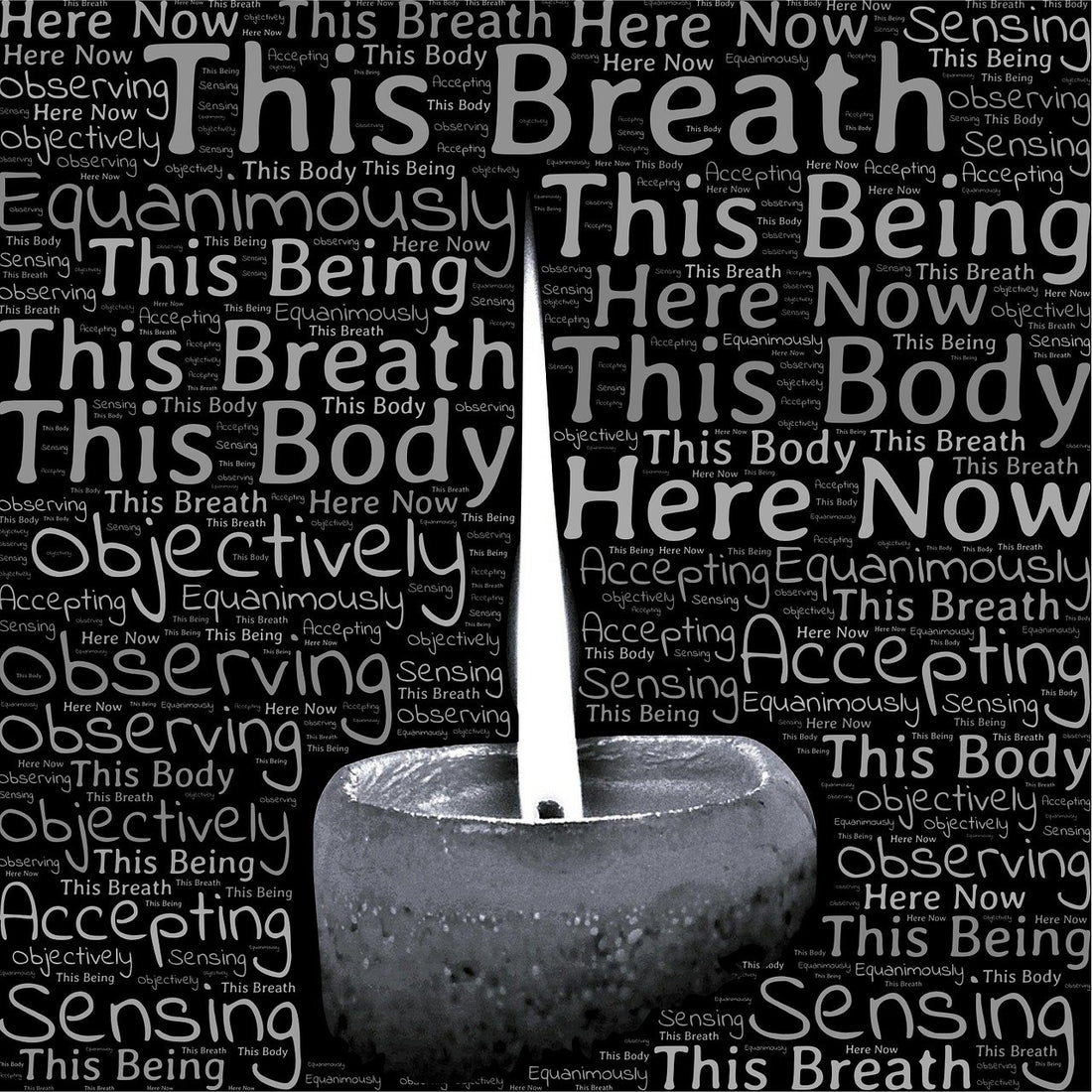
Breathing and Anxiety (Blog 19): Techniques to Relieve Stress and Panic
Anxiety can be overwhelming and debilitating, making it difficult to navigate through daily life. It's important to have effective techniques to manage and relieve stress and panic when they arise. One powerful tool that can make a significant difference is conscious breathing. By focusing on your breath, you can calm your mind, relax your body, and regain control over your emotions. In this blog post, we will explore various breathing techniques that can help alleviate anxiety and promote a sense of calm.
1. Deep Belly Breathing
Deep belly breathing, also known as diaphragmatic breathing, is a simple yet effective technique to reduce anxiety. Start by finding a comfortable seated position. Place one hand on your chest and the other on your belly. Take a slow, deep breath in through your nose, allowing your belly to rise. Exhale slowly through your mouth, feeling your belly fall. Repeat this process several times, focusing on the sensation of your breath moving in and out of your body.
2. Box Breathing
Box breathing is a technique commonly used by athletes and Navy SEALs to enhance focus and reduce stress. Begin by inhaling deeply through your nose for a count of four. Hold your breath for a count of four. Exhale slowly through your mouth for a count of four. Hold your breath again for a count of four. Repeat this cycle several times, visualizing the shape of a box as you breathe in and out.
3. 4-7-8 Breathing
The 4-7-8 breathing technique is a powerful method to calm the nervous system and induce relaxation. Start by placing the tip of your tongue against the ridge of tissue behind your upper front teeth. Breathe out completely through your mouth, making a whooshing sound. Close your mouth and inhale quietly through your nose to a mental count of four. Hold your breath for a count of seven. Exhale completely through your mouth to a count of eight. Repeat this cycle three more times.
4. Alternate Nostril Breathing
Alternate nostril breathing is a yogic technique that helps balance the left and right hemispheres of the brain, promoting a sense of harmony and calm. Sit comfortably and place your left hand on your left knee, palm facing up. Bring your right hand to your face and use your thumb to close your right nostril. Inhale deeply through your left nostril. Close your left nostril with your ring finger and release your thumb, opening your right nostril. Exhale completely through your right nostril. Inhale through your right nostril, close it with your thumb, and exhale through your left nostril. Repeat this cycle for several minutes, focusing on the flow of your breath.
5. Progressive Muscle Relaxation
Progressive muscle relaxation combines deep breathing with the release of tension in different muscle groups. Start by finding a comfortable position and take a few deep breaths. Begin with your toes, tensing them for a few seconds, then releasing the tension as you exhale. Move up to your calves, thighs, abdomen, chest, arms, and finally your face. Tense each muscle group for a few seconds, then release as you exhale. This technique helps release physical tension and promotes a sense of overall relaxation.
Remember, breathing techniques are just one tool in your anxiety management toolbox. It's important to explore different techniques and find what works best for you. Incorporating regular breathing exercises into your daily routine can help reduce anxiety and improve your overall well-being. So take a deep breath, exhale slowly, and embrace the calmness that comes with conscious breathing.
